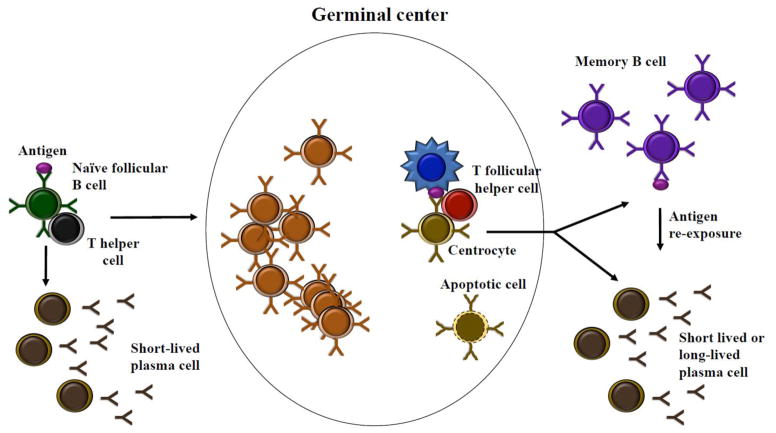Figure 1. Development and maintenance of memory B cells.
Naïve B cells activated by cognate antigen and T cell help migrate to secondary lymphoid organs and seed germinal centers (GCs). GC B cells rapidly divide and mutate their immunoglobulin genes to improve their affinity to the immunizing antigen. GC B cells with favorable mutations are selected to survive, while those with unfavorable mutations undergo apoptosis. Multiple rounds of proliferation, mutation, and affinity-based selection generate a B cell population with increased average affinity for the antigen. The majority of GC B cells die, but a small fraction survives to differentiate into antibody-secreting plasma cells or memory B cells. In response to re-challenge with the same antigen, memory B cells can rapidly differentiate into plasma cells or re-seed germinal centers. Memory B cells are long-lived, and maintenance of mitochondrial homeostasis by autophagy is thought to contribute to their persistence.

